The Feast of Venus, oil on canvas, c. 1636-7.
(Photo: Public Domain, viaWikimedia Commons.)
After theRenaissance, painting underwent another more dramatic transformation known asBaroque.
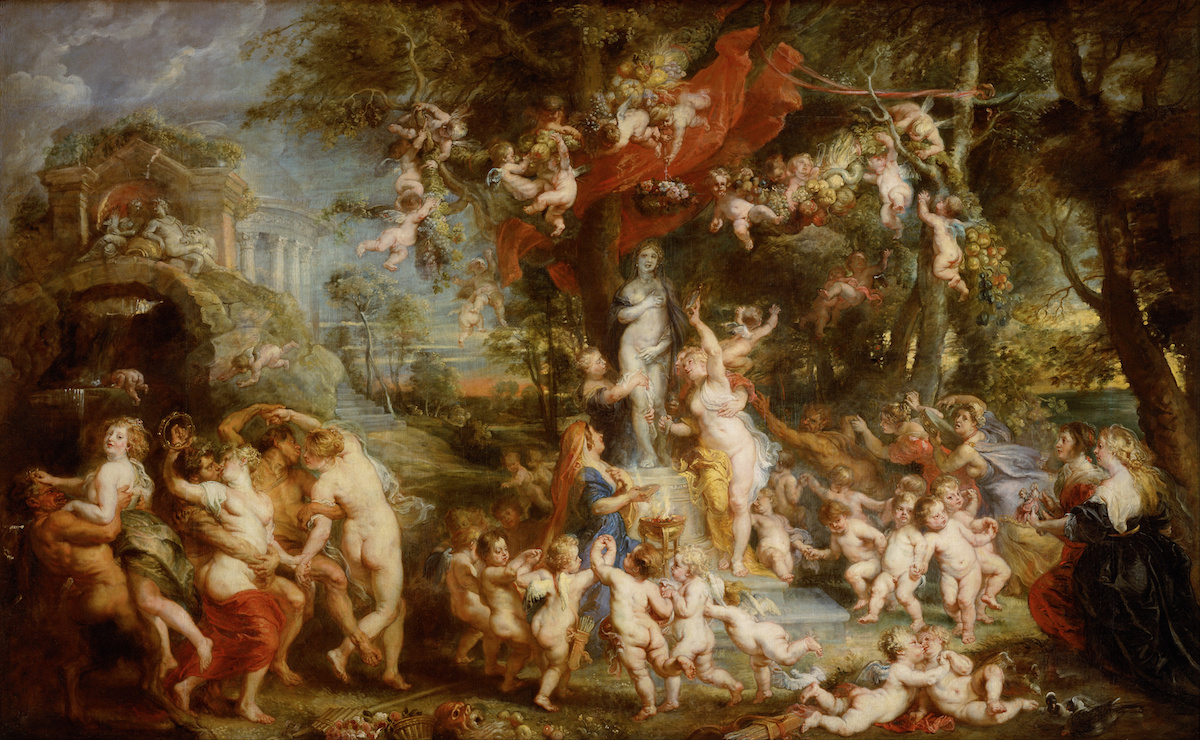
“The Feast of Venus,” oil on canvas, c. 1636-7. (Photo: Public Domain, viaWikimedia Commons.)
One of the most influential figures from this era is Flemish Baroque painterPeter Paul Rubens.
Here, we will learn more about Rubens and the characteristics of his unique style.
Who was Peter Paul Rubens?
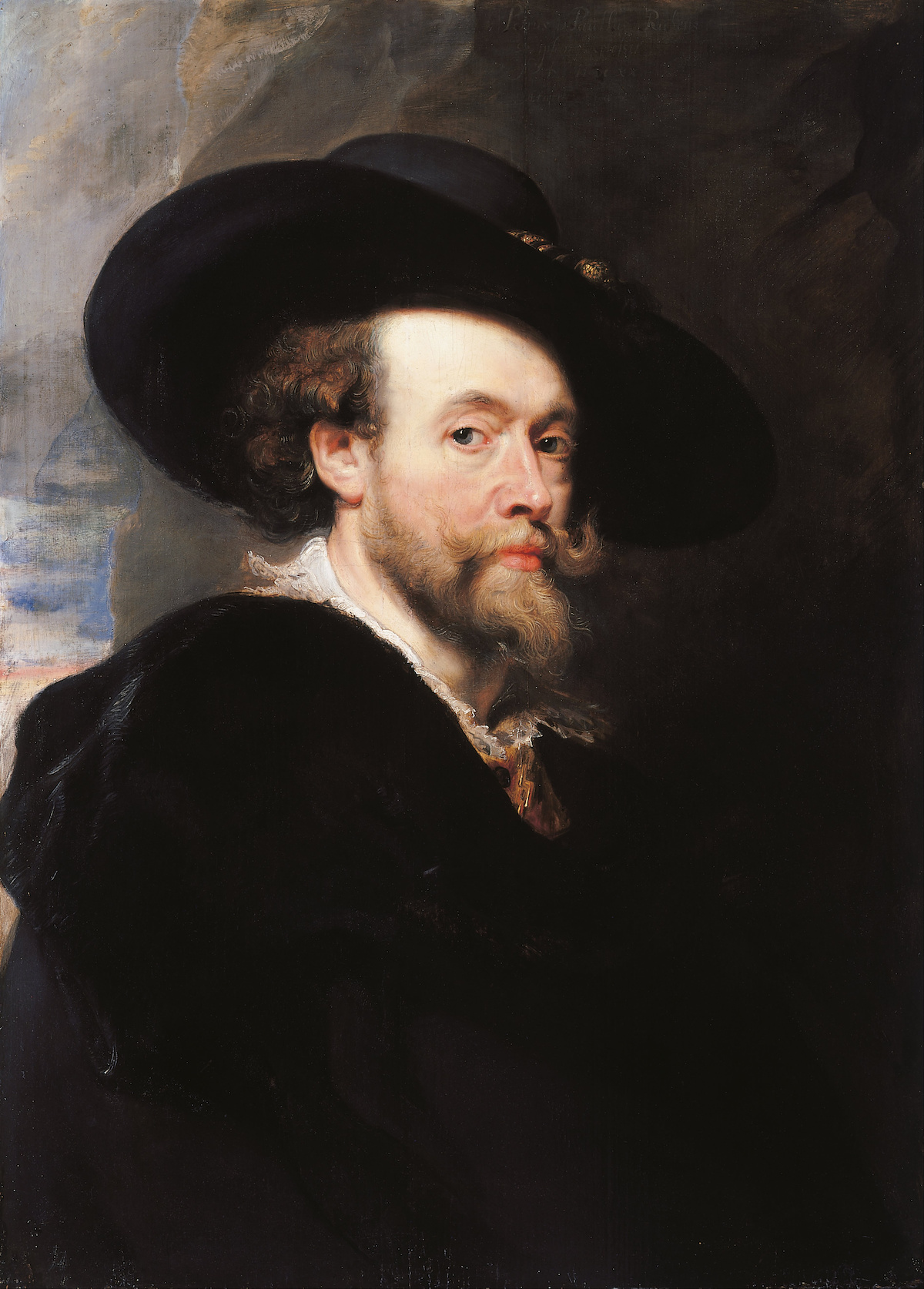
“Portrait of the Artist,” oil on panel, 1623. (Photo: Public Domain, viaWikimedia Commons.)
Portrait of the Artist, oil on panel, 1623.
(Photo: Public Domain, viaWikimedia Commons.)
His distinct style emphasized color, movement, and dramaall key characteristics of the Baroque period.
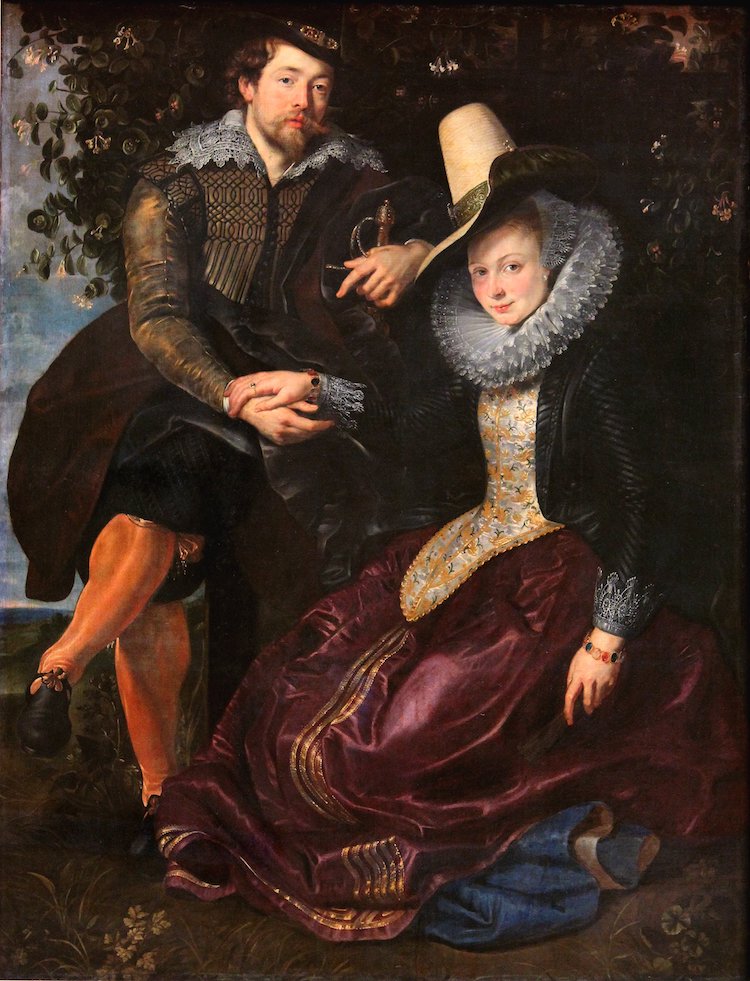
“Rubens and Isabella Brandt, the Honeysuckle Bower,” oil on panel, 1609-10. (Photo: Public Domain, viaWikimedia Commons.)
There, he demonstrated a talent for art and was placed in apprenticeships with different artists practicing theMannerist style.
In addition, theHellenisticsculptureLaocoon and His Sonsbecame a life-long influence.
Rubens and Isabella Brandt, the Honeysuckle Bower, oil on panel, 1609-10.
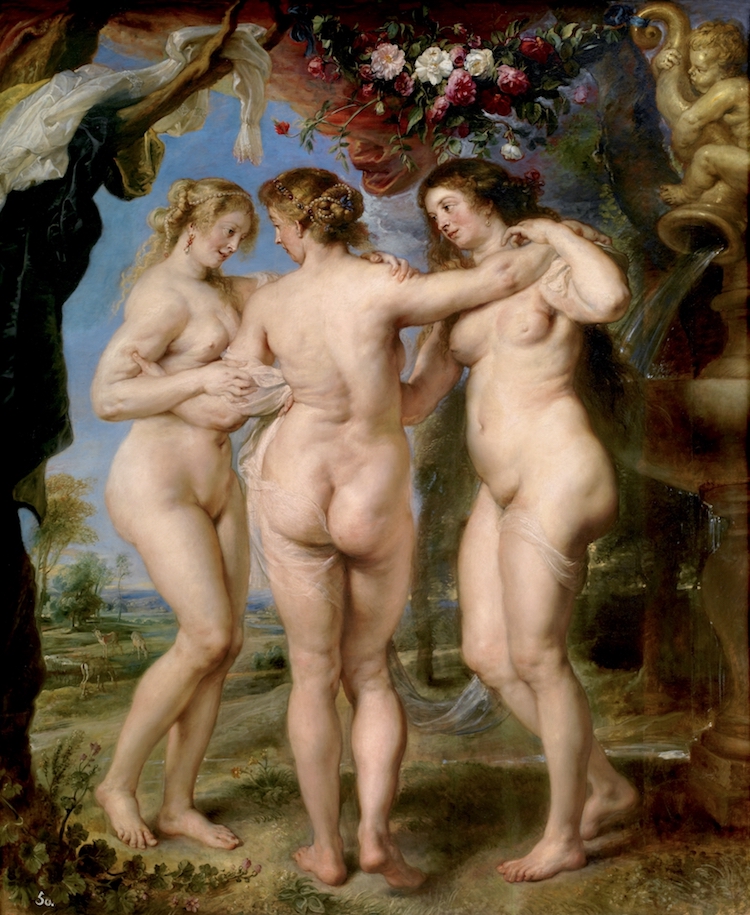
“The Three Graces,” oil on canvas, 1635. (Photo: Public Domain, viaWikimedia Commons.)
(Photo: Public Domain, viaWikimedia Commons.)
(Photo: Public Domain, viaWikimedia Commons.)
Female nudes were highly popular in Baroque art, especially in depictions of mythological scenes.
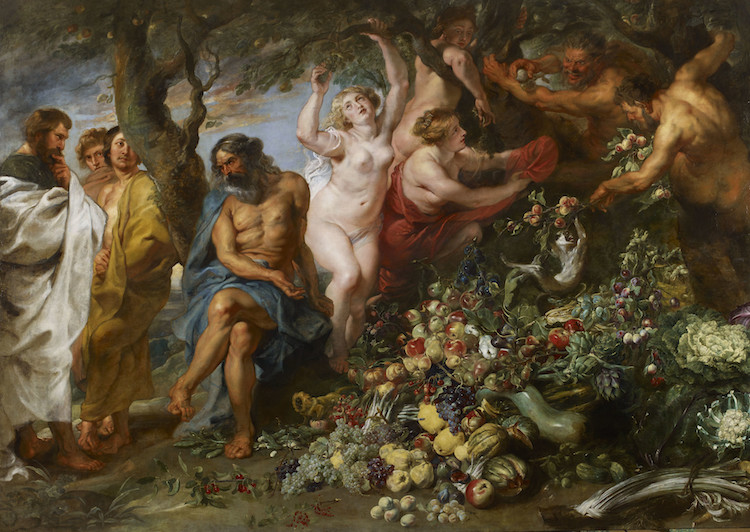
“Pythagoras Advocating Vegetarianism,” oil on canvas, 1618-1630. (Photo: Public Domain, viaWikimedia Commons.)
Rubens is especially well known for the way he rendered women, preferring to paintsoft-bodied, voluptuous figures.
Rubens’s expressive style was also applied to his paintings of men, albeit in opposing ways.
Color
Pythagoras Advocating Vegetarianism, oil on canvas, 1618-1630.
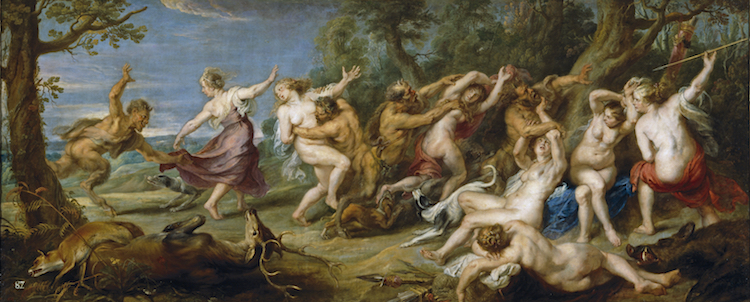
“Diana and Her Nymphs Surprised by the Fauns,” oil on canvas, c. 1639-1640. (Photo: Public Domain, viaWikimedia Commons.)
(Photo: Public Domain, viaWikimedia Commons.)
Movement
Diana and Her Nymphs Surprised by the Fauns, oil on canvas, c. 1639-1640.
(Photo: Public Domain, viaWikimedia Commons.)
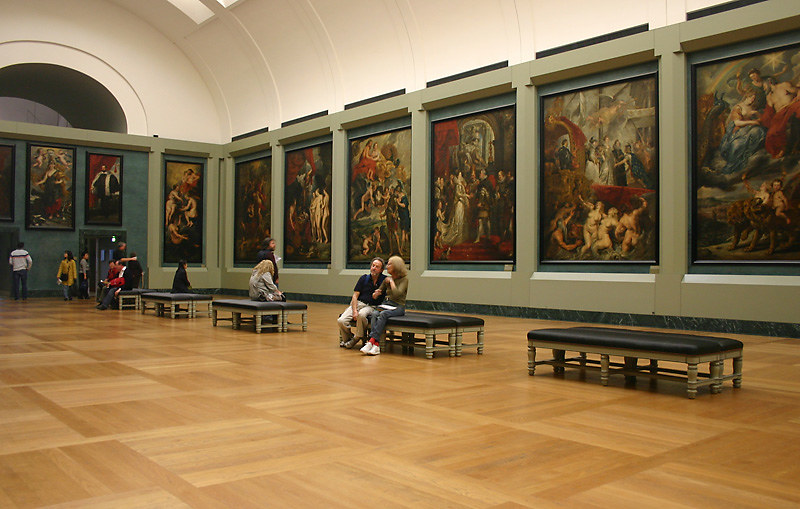
A master of the human form, Rubens used his expertise to create compelling paintings full ofenergy and movement.
Most of his paintings feature groups of twisting figures.
Many of the paintings feature iconography from Greek and Roman mythology as well as from the Bible.
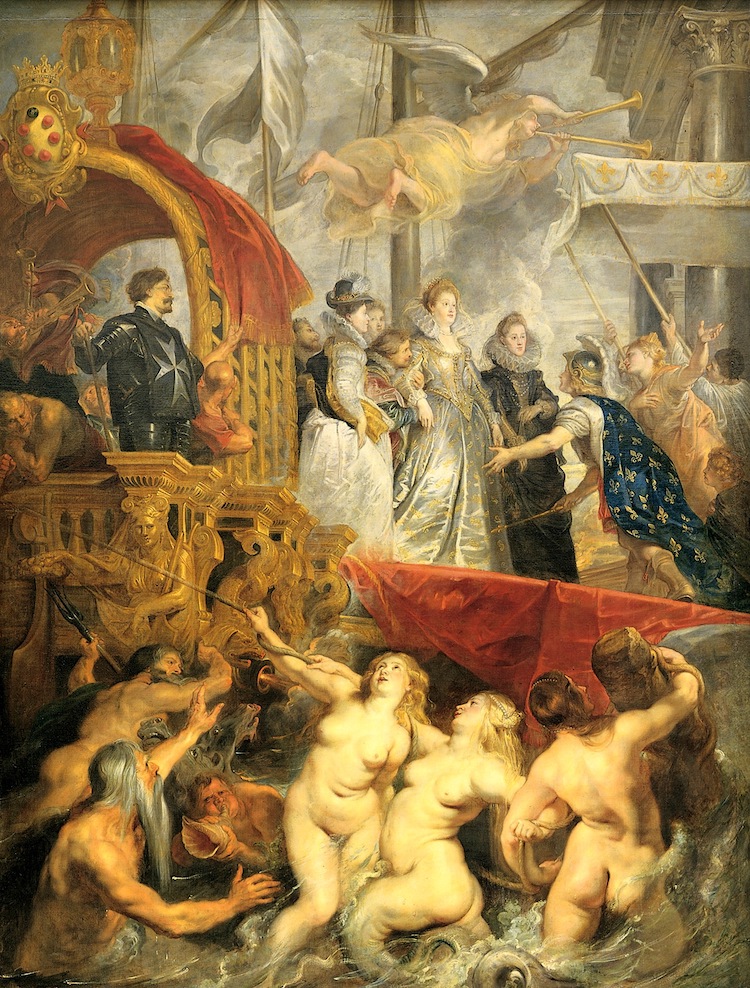
“The Disembarkation at Marseilles,” oil on canvas, c. 1622-25. (Photo: Public Domain, viaWikimedia Commons.)
Today, theMarie de' Medici Cyclecan be viewed in theLouvre Museumin Paris.
The Disembarkation at Marseilles, oil on canvas, c. 1622-25.
(Photo: Public Domain, viaWikimedia Commons.)

“The Coronation of Marie de’ Medici in Saint-Denis,” oil on canvas, c. 1622-25. (Photo: Public Domain, viaWikimedia Commons.)
The Coronation of Marie de Medici in Saint-Denis, oil on canvas, c. 1622-25.
(Photo: Public Domain, viaWikimedia Commons.)
Meet the Edwardian Eras Favorite Portraitist